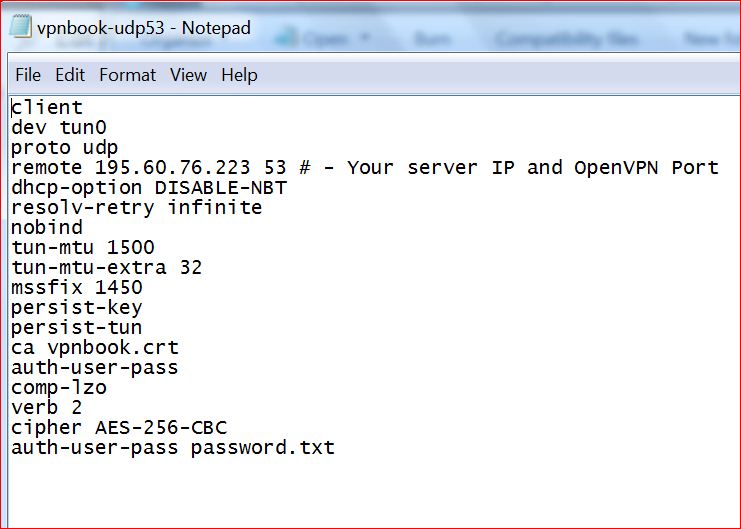Passwords Txt
Password list.txt. Password list.txt approx 14 million passwords dictionaries. Download dictionary text file contains hundreds of thousands of password which can be used by various tools. This file is provided for positive use such as to know the strength of your own password by testing it with download dictionary text file provided down below.
Replies are listed 'Best First'. By (Scribe) on Sep 28, 2018 at 08:08 UTC 'storing your passwords.txt in /tmp isn't wise' I move it to /etc/httpd/password.txt 'You don't set a session' how to set a session? Pls guide me. I will add it. 'see CGI::Alternatives.'
Ulver full discography torrent. BLACK SABBATH - Black Sabbath 05. BLACK WIDOW - Sacrifice (rare track) 06. COVEN - The Portrait (unreleased on CD) 04.
What Can I get from it to enhance the code? I am runnig Apache with http. If run it with httpS and self signed certificate, Will it be better? I am also trying to add 'onclick'funtion to my below login.html file to a give error message, if wrong inputs were entered. I am currently having them in login.cgi code.

Which way is better? I am some miles away from completing a nice and secure code. I hope perl monks will come up with their views. By (Archbishop) on Sep 28, 2018 at 12:13 UTC 'I move it to /etc/httpd/password.txt' Also consider permissions, who else can get access to this file? I tend to keep this sort of thing in a database. 'What Can I get from it to enhance the code?'
Well it contains a lot of advice which you shouldn't ignore, examples of sane ways to approach such problems in modern frameworks. Developing secure web applications isn't easy.  What you have right now is a splash page redirecting those with a valid username and password to another page, which has no authentication on it whatsoever, nothing to stop anyone emailing the URL to someone else, who would be able to see it without any login details.
What you have right now is a splash page redirecting those with a valid username and password to another page, which has no authentication on it whatsoever, nothing to stop anyone emailing the URL to someone else, who would be able to see it without any login details.
Suggests other ways to achieve what you're actually trying to do, which will make your life easy if you take the time to learn the basics of what you're doing, rather than trying to implement something where security is without understanding such things. One of those is, which has fantastic, you should pay special attention to the. Gets you started. Goes on to show (wait for it) an example of how to implement an application which requires users to login. Finally HTTPS, for sure, may be of interest. This requires you to invest time in yourself, learning how to achieve what you want and what the tools available to you do.
Modern frameworks make life easier. It's not the mid 1990s anymore (thankfully). Update: Fixed some typos. By (Canon) on Sep 28, 2018 at 08:56 UTC I am runnig Apache with http. If run it with httpS and self signed certificate, Will it be better? Yes it will because then your users' passwords will not be sent over the wire in the clear for any malefactor to read.
It would be better still if your certificate were not self-signed. I am also trying to add 'onclick'funtion to my below login.html file to a give error message, if wrong inputs were entered. I am currently having them in login.cgi code. Which way is better? Both is better. Having it on the front-end prevents unnecessary round trips. Having it on the back-end too allows handling for those with javascript disabled.
Note that neither of these questions have much to do with Perl. You might benefit from reading up on the general basics of web server (and web application) security first. By on Sep 29, 2018 at 04:31 UTC Dear Marto, Please post an SSCCE using Mojolicious to do what the OP asked. Thank you by (Archbishop) on Sep 30, 2018 at 11:22 UTC This already exists in the tutorials I linked to in a, other existing response cover the plaintext password issue. Why duplicate the effort when such a comprehensive resource already exists? OP has a history of copying and pasting code, without trying to understand what the code does. Since OP seems to care about doing things securely, understanding the tools and environments involved is fundamental to a secure way of working.
Just dumping working code won't improve OPs knowledge or skills.
Important: This feature isn’t available in Office on a Windows RT PC. Inquire is only available in the Office Professional Plus and Office 365 Professional Plus editions. If you're using the commands on the Inquire tab to compare two workbooks, analyze cell, worksheet, or workbook relationships, analyze a workbook, or clean excess cell formatting, Excel still needs to open those files behind the scenes (even if they're already open), and those files might be password-protected. If your organization uses a lot of passwords to protect files, you may want to build a list of these passwords in a text file.
Then, import the file so that Excel can scan the list of passwords to find ones that work on the protected files. If you want some background about storing passwords before you go on, read. One of the easiest ways to create a text file is by using Notepad, saving the file with a *.txt file extension (like Passwords.txt). The password and the (optional) description are separated by a comma, and there's no space after the comma. No quote marks (') are needed around the description. Enter additional passwords on new lines, like this (some have a description and others don't): Keep in mind that a password doesn't have to be associated with a particular file.